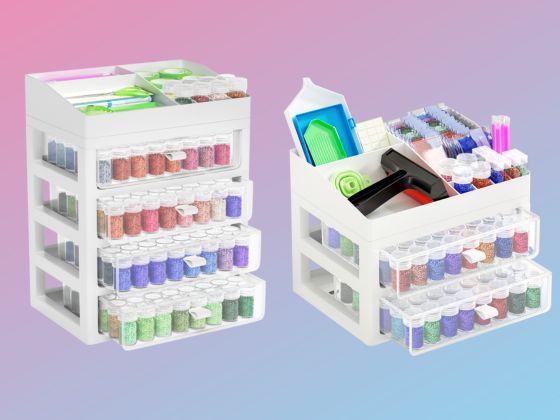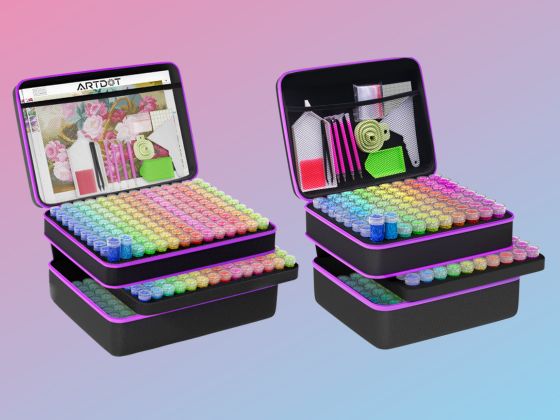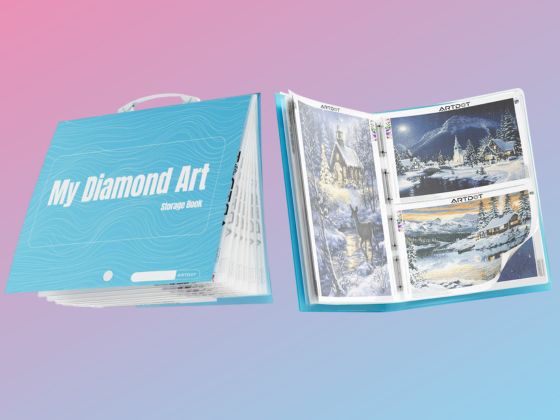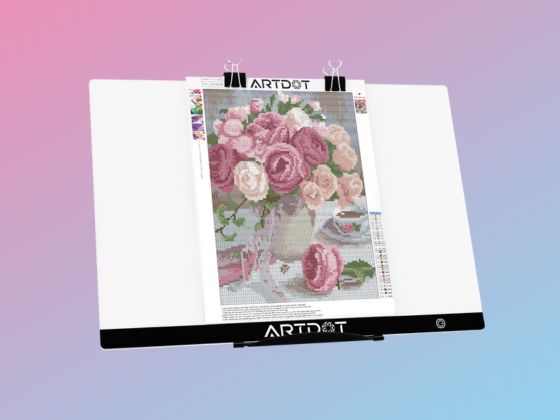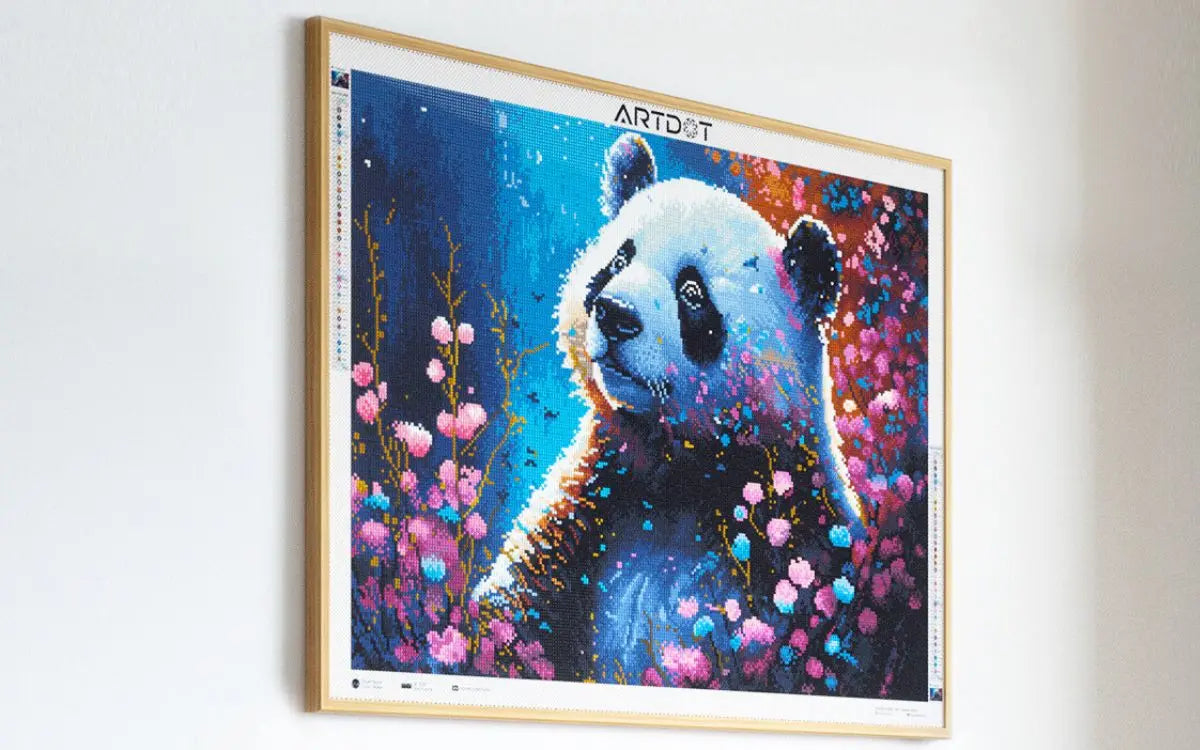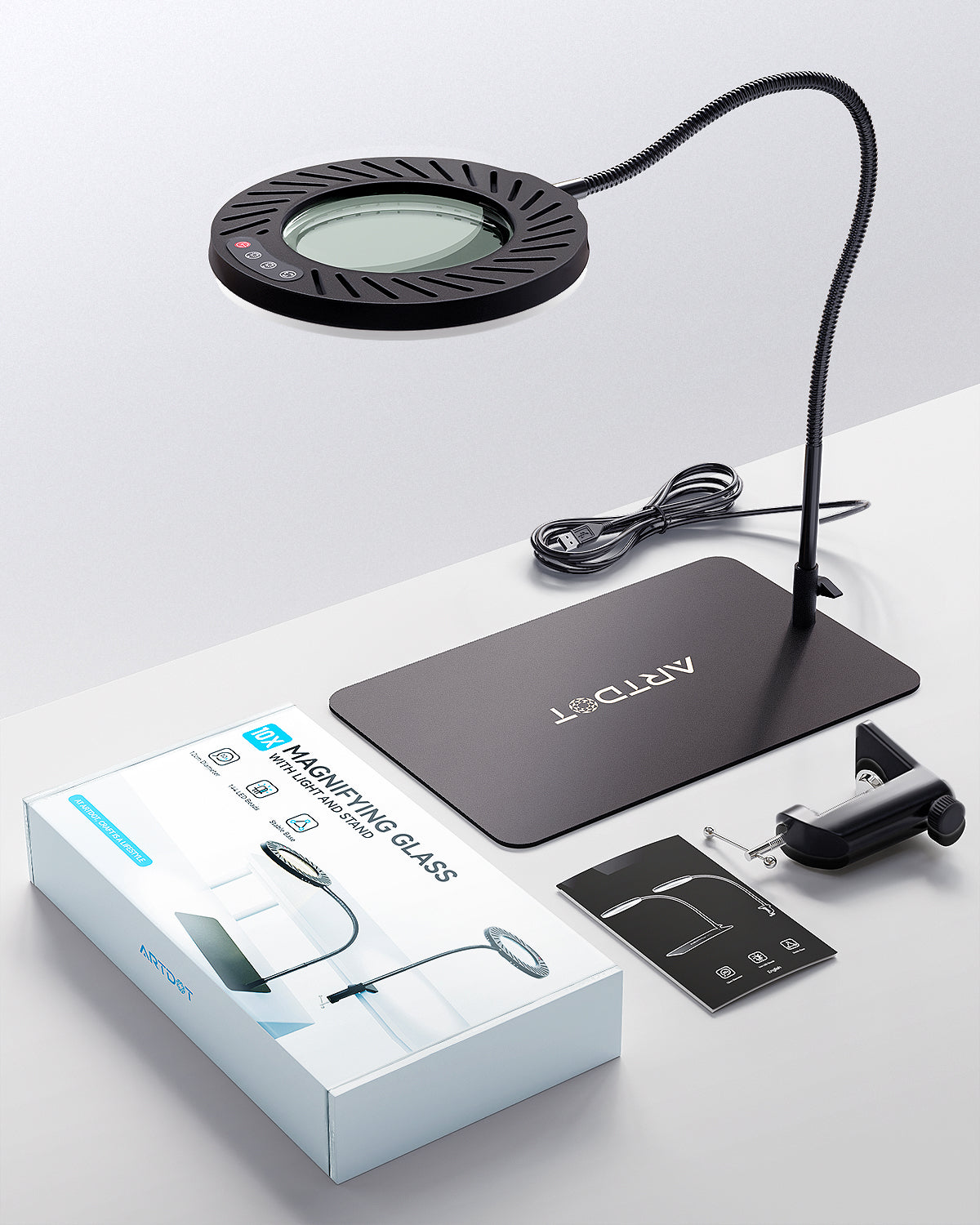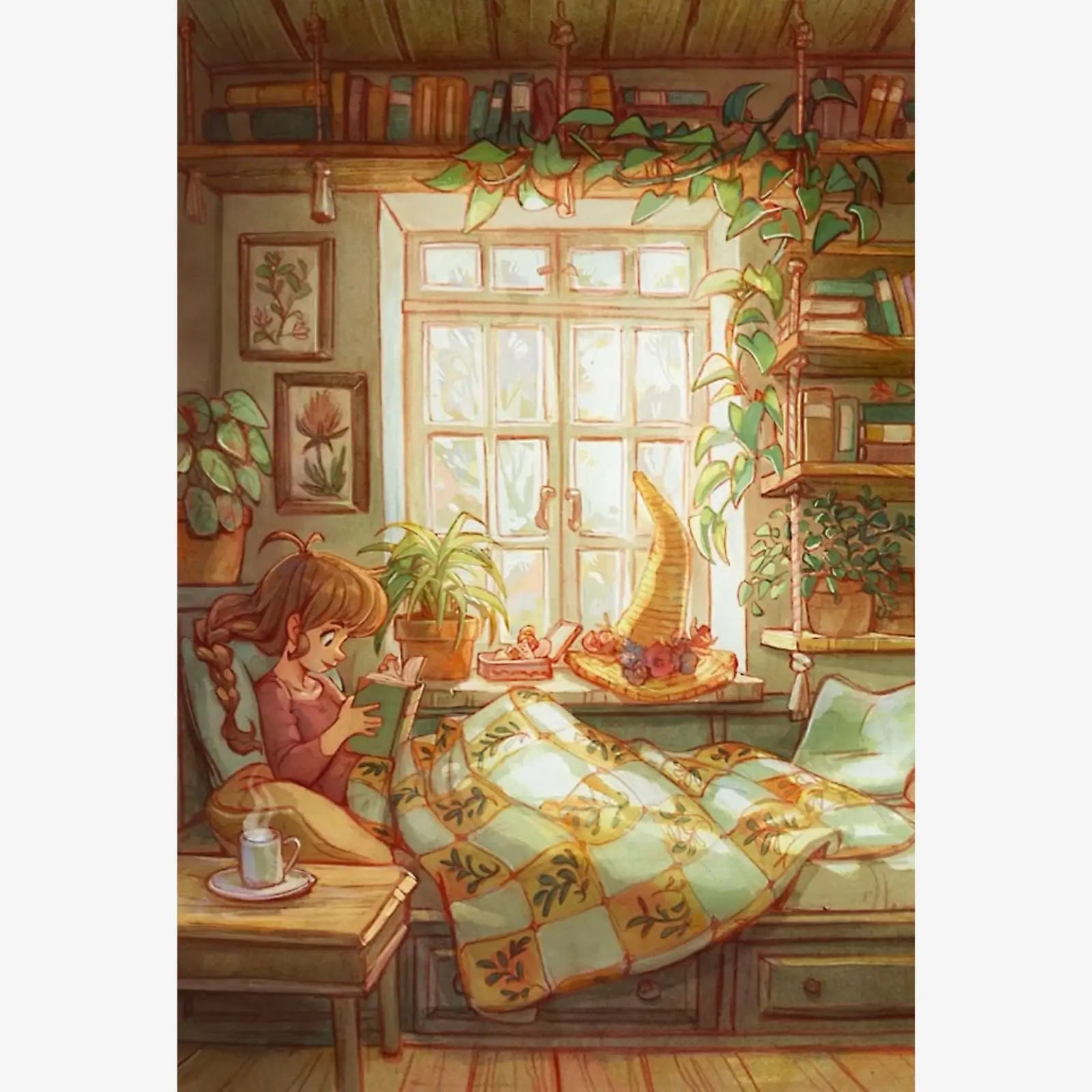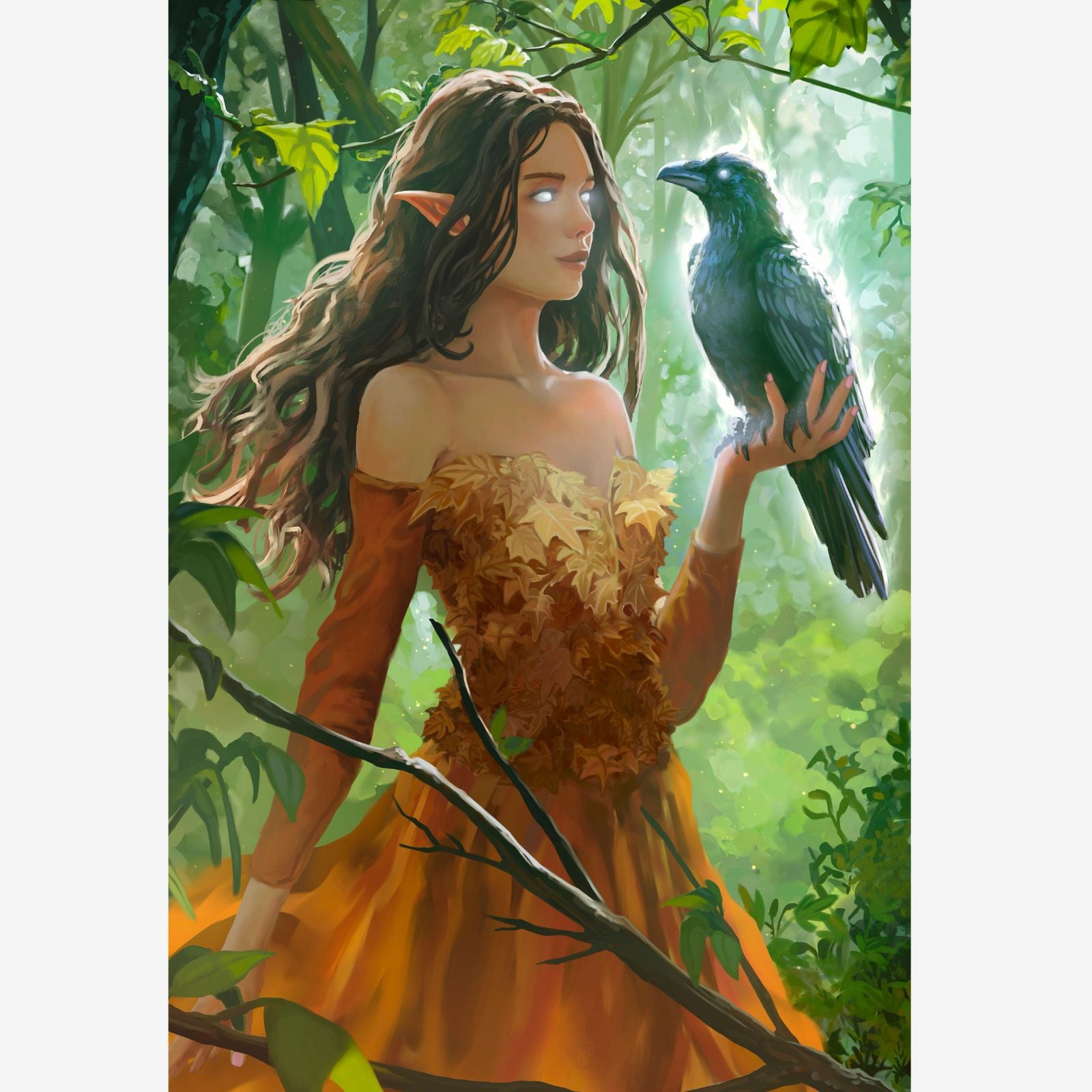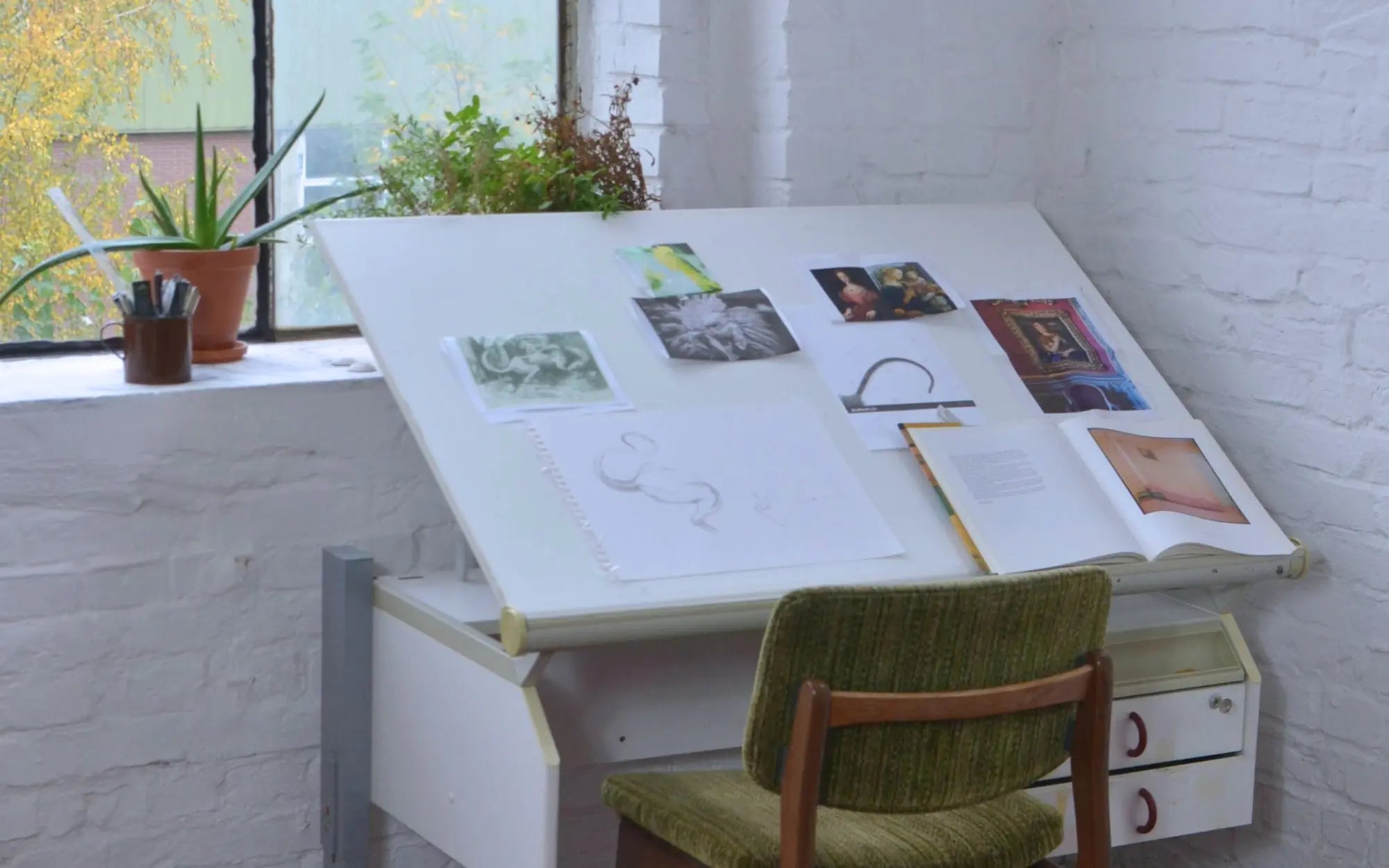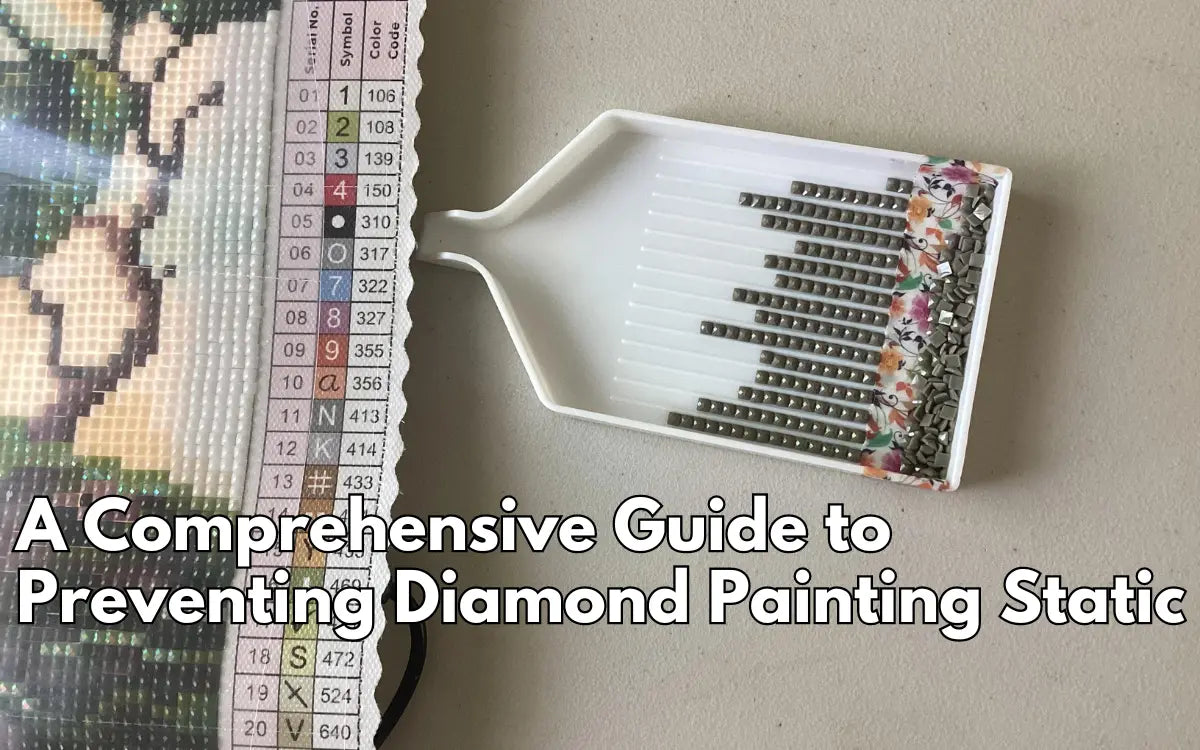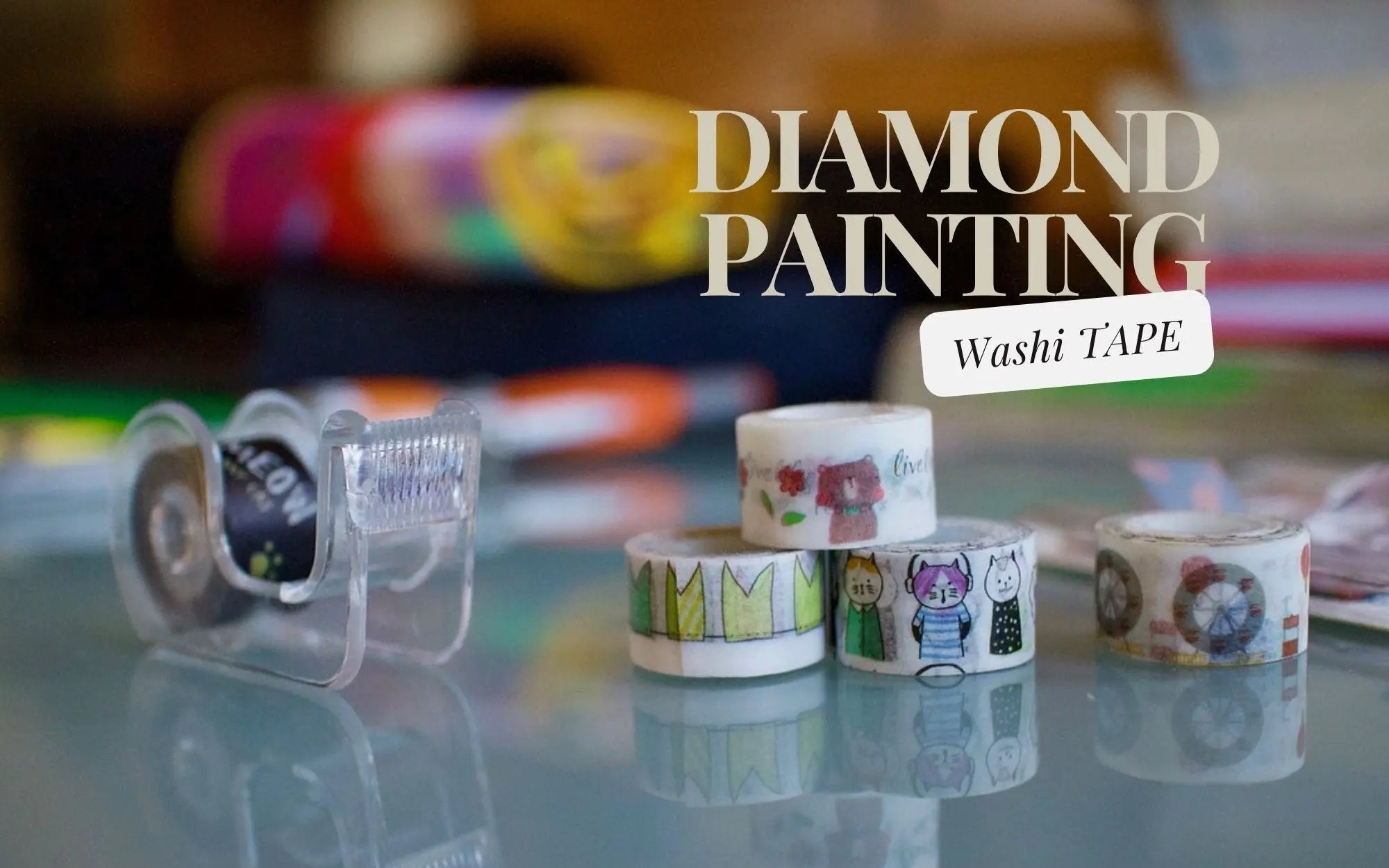After making a diamond painting, some people will choose to seal and preserve the diamond painting. Why? Is it because the canvas is not sticky enough or is it intended to be framed and given to a friend? There are many different types of glue, so what kind of diamond painting glue should be used in this process? Will sealant destroy the luster of diamond paintings? Find out the answers to these questions below.
Why do you need to seal diamond paintings
Before we get into the properties of different types of glue, let’s answer a question: why should diamond paintings be sealed? In fact, sealed diamond paintings have two main uses: protection and beautification.
First of all, regarding the protective effect, the sealed diamond painting can isolate dust, water vapor, and animal hair. When you have a lively pet at home, its hair will inevitably appear everywhere, even on the canvas, so sealing is necessary. In addition, the seal prevents the diamond beads from falling off and maintains the integrity of the diamond painting.
Sealing your diamond painting works aesthetically because some sealant not only prevents the color from fading over time. In addition, the color and luster of the diamond painting can be enhanced to make it look more vivid and attractive. Therefore, sealing diamond paintings not only protects the work, but also enhances its appearance and value, so it is adopted by many diamond painting enthusiasts.
5 different types of glue
Not all glues are suitable for diamond painting. Below we will introduce 5 common different types of glue, and you will know who is the best glue for diamond painting.
Special glue for diamond painting
Operation difficulty: Intermediate
Recommendation index: ★★★★☆
Pros: The glue has strong adhesion and is transparent, which will not affect the beauty of the diamond.
Cons: Some glues of poor quality will turn yellow or harden if left for a long time.
Special glue for diamond painting is a special glue designed to stick diamonds to canvas. It has the characteristics of strong adhesion, transparent and colorless, and strong durability. It is simple to operate and suitable for people of all experience levels. Its strong bonding ensures that the diamond sticks firmly to the canvas. The transparent feature ensures that it will not affect the aesthetic effect of diamonds, making it play a key role in the production process of diamond paintings.
Shiny glue
Operation difficulty: Advanced
Recommendation index: ★★★★☆
Pros: It has a shiny effect, suitable for decorative crafts or projects that need to add visual effect.
Cons: The adhesive may be slightly weak and cannot be used for heavy-duty or high-strength bonding.
Shiny glue is a special type of glue that is characterized by a shiny effect after drying. It is often used for decorative crafts or projects that require added visual interest. This glue not only does not destroy the original color and sparkle of the diamond painting, but also adds a shiny effect to the diamond painting, so it is very suitable for sealing the diamond painting.
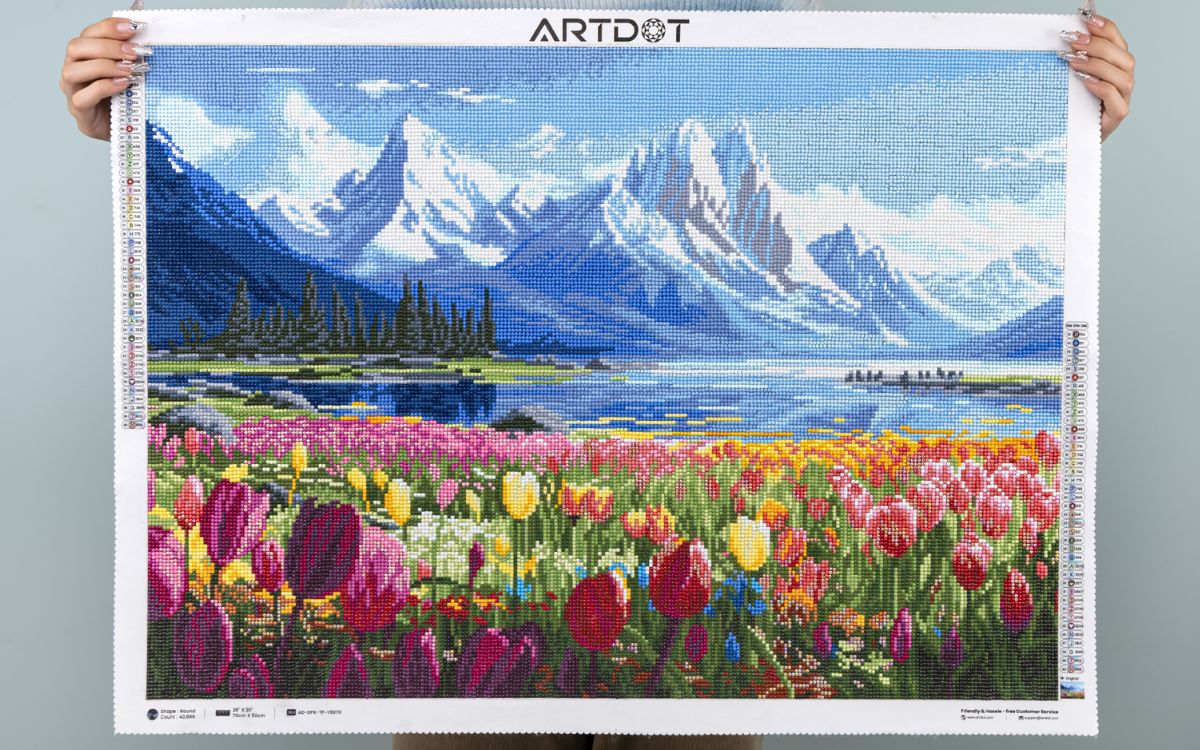
Ordinary glue
Operation difficulty: Beginner
Recommendation index: ★★★☆☆
Pros: Low price, easy to obtain, suitable for general bonding needs.
Cons: Weak viscosity, cannot be used for materials that require strong bonding.
Ordinary glue is a common, multi-purpose adhesive widely used in daily life and various craft projects. Its main ingredients are usually polymers, as well as water and other auxiliary ingredients. Its viscosity is average and generally transparent, so for some people with low requirements, ordinary glue is a cost-effective choice.
Washable glue
Operation difficulty: Beginner
Recommendation index: ★☆☆☆☆
Pros: Easy to clean, ideal for projects that require temporary gluing or are error-prone.
Cons: Adhesion may be weak and not suitable for long-term or high-strength bonding needs.
Therefore, the adhesive force of this glue is weak. When encountering a humid environment, the viscosity will further decrease, causing the diamond painting drills to pop out easily, so this glue is not suitable for diamond painting sealing.
Frosted glue
Operation difficulty: Intermediate
Recommendation index: ☆☆☆☆☆
Pros: Has good hiding properties and can create a matte effect on the bonding surface.
Cons: Can be weak in stickiness and can mask the original color of the piece.
Matte glue is characterized by a frosted surface after drying. The effect is similar to frosted glass, with a certain roughness and texture. It generally has good covering properties and can cover unevenness or blemishes on the surface, making it smoother and more even. For some DIY projects, this is an advantage. But this is a disadvantage for diamond paintings because it will cover up the original color and luster of the diamond paintings, greatly reducing the beauty of the diamond paintings.
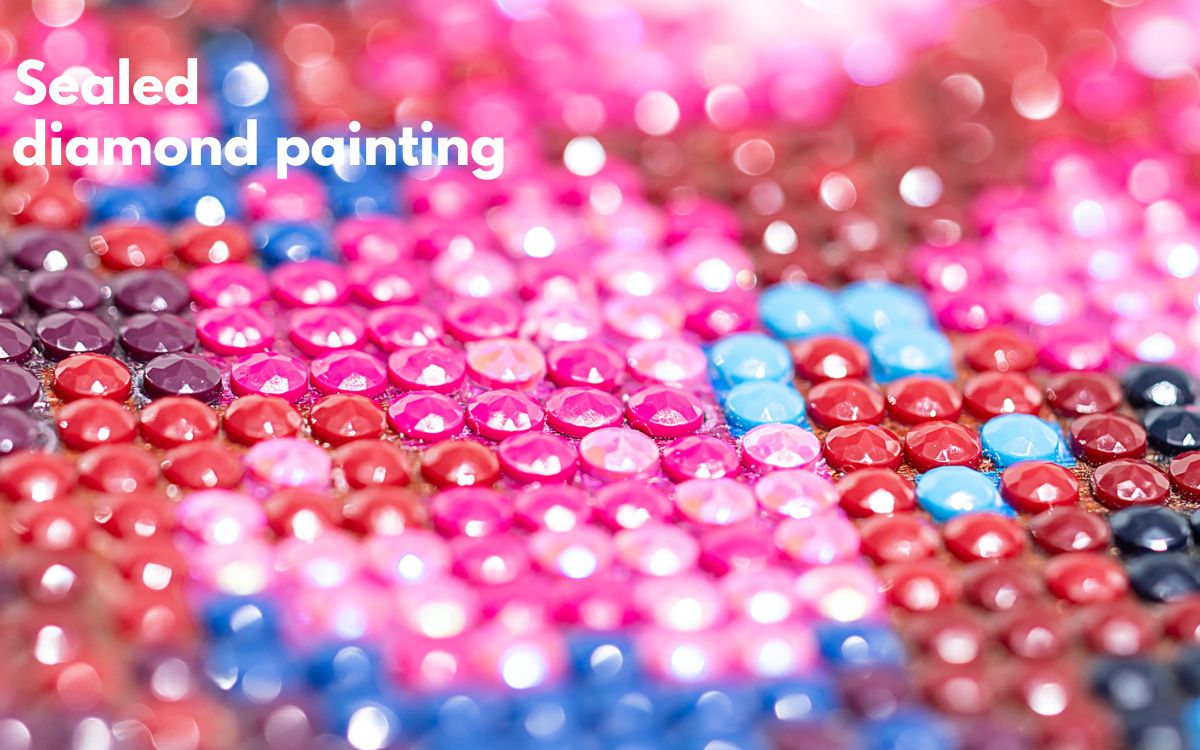
Things to note when sealing diamond paintings
Regarding the steps to seal a diamond painting, we have already mentioned it in the blog: how to seal a diamond painting. Here are some precautions when using glue.
- When working on small projects, apply sealant only after you're done. When working on a large project, if you encounter a situation where the drill bit drops too much, it is recommended to seal it while doing it. If pop-up drills are few and manageable, wait until the end to seal.
- It is best to apply only one layer of glue when sealing, not too much to avoid affecting the original luster and color of the diamond painting. If you accidentally pour too much glue, you can use a towel or sponge to clean off some of the excess.
- The time it takes for the glue to dry will be affected by a variety of factors, including the type of sealing material, thickness of the coating, ambient temperature and humidity, etc. Generally speaking, most sealing materials will dry within 24 hours. It is recommended to wait patiently and follow the instruction manual.
- Sealants are usually made from chemical materials. Although most sealants undergo rigorous safety testing and certification, it is recommended to choose a well-ventilated environment when sealing.
This article ends here. I hope it can provide some help for your diamond painting creation. If you need to recommend or review different brands of sealant, please leave a comment and let me know.

